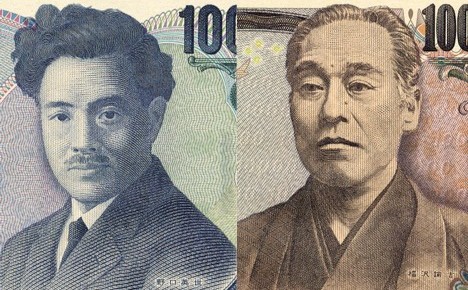
Do these fellows look old enough to smoke? Yes indeed, say Japan's cigarette vending machines that use face-recognition technology to determine the age of the purchaser.
Just two weeks after a major sports paper reported that magazine photos could be used to fool vending machine age-verification cameras, an even more surprising flaw has come to light. The portraits of Hideyo Noguchi and Yukichi Fukuzawa printed on the 1,000-yen and 10,000-yen bills can be used to trick the high-tech machines, according to a new report on the Sankei Shimbun website.
On July 1 -- the day that Japan's cigarette vending machine age-verification system was rolled out nationwide -- Sankei reporters in Tokyo went out in search of machines equipped with age-verification cameras. They found that these machines treated them as adults and allowed them to purchase cigarettes when they showed the portrait of Yukichi Fukuzawa (the renaissance man and Keio University founder who appears on the 10,000-yen note) to the vending machine's camera-embedded mirror. The machines also reportedly sold cigarettes to the portrait of Hideyo Noguchi (the notable bacteriologist who discoveredcontributed to the understanding of syphilis), which appears on the 1,000-yen note.
Once the machines approved the sale, the reporters then used the same money to pay for the purchase, making this all-in-one technique even more convenient than the recently discovered magazine photo trick.
Ironically, news of this latest discovery comes just days after the Finance Ministry officially approved the use of face-recognition technology to determine the age of vending machine users.
Sankei contacted the Finance Ministry's Tobacco and Salt Industries Office about the flaw they found. A surprised official responded by saying, "This is the first we've heard of it. It's a big problem if it's true."
The official said he would immediately notify Fujitaka, the vending machine manufacturer who developed the age-verification camera system. Fujitaka is reportedly in the process of upgrading its face-recognition technology so that it can more effectively distinguish photographs from real people.
Of Japan's more than 500,000 cigarette vending machines, around 4,800 (less than 1%) are equipped with age-verification cameras. The rest are outfitted with readers that check Taspo age-verification cards, which are available to anyone of legal age who applies (though they have yet to become widespread). The vending machines that use age-verification cameras allow people to purchase cigarettes without a Taspo card, as long as they look older than 20 years of age.
[Source: Sankei Shimbun]

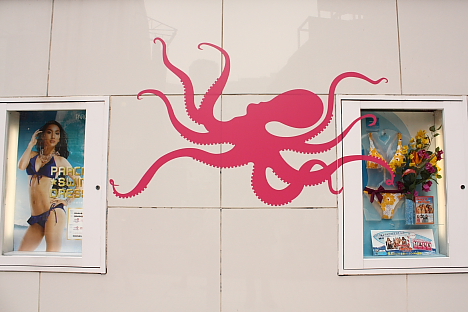



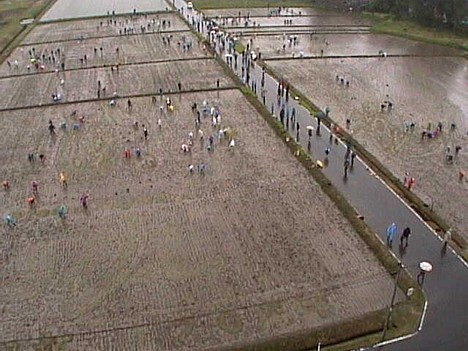



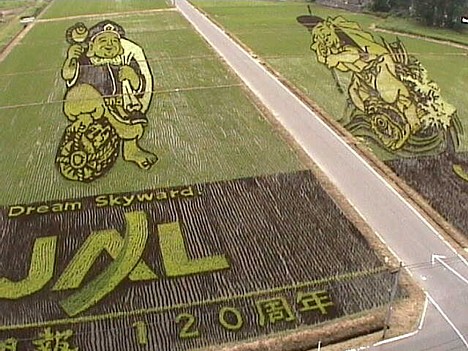
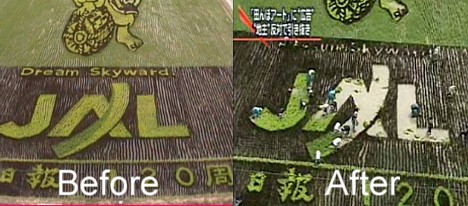

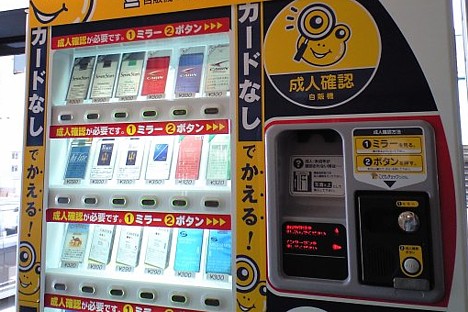
 As part of the age-verification system, most of Japan's 570,000 cigarette vending machines are being outfitted with RFID readers that check the purchaser's Taspo age-verification card. Smokers without a Taspo card can now either buy their cigarettes in person over the counter or use one of 4,000 special machines equipped with face-recognition systems (these machines do not require Taspo cards). More face-recognition machines are on the way, according to vending machine manufacturer Fujitaka, who developed the face-recognition hardware.
As part of the age-verification system, most of Japan's 570,000 cigarette vending machines are being outfitted with RFID readers that check the purchaser's Taspo age-verification card. Smokers without a Taspo card can now either buy their cigarettes in person over the counter or use one of 4,000 special machines equipped with face-recognition systems (these machines do not require Taspo cards). More face-recognition machines are on the way, according to vending machine manufacturer Fujitaka, who developed the face-recognition hardware.  IT company
IT company 




